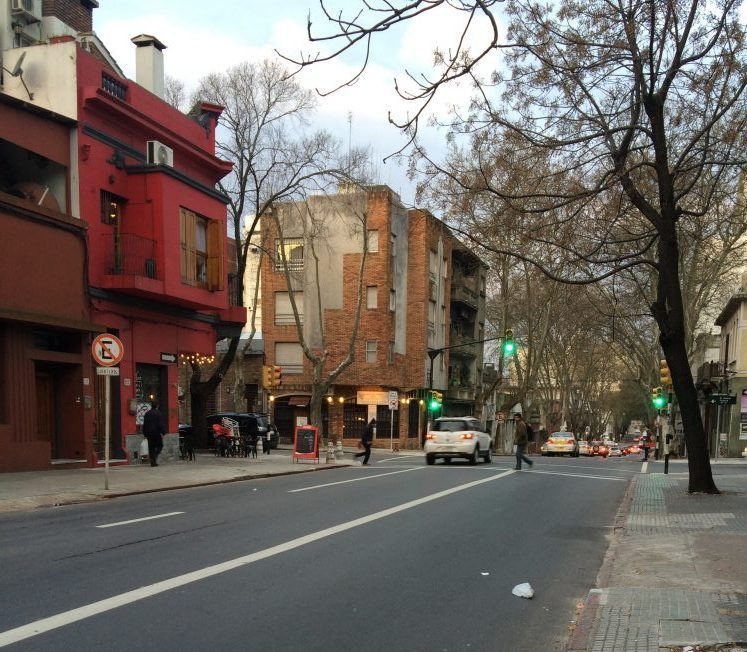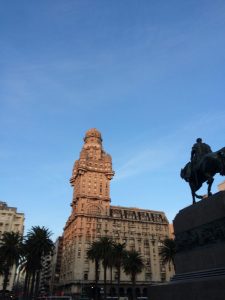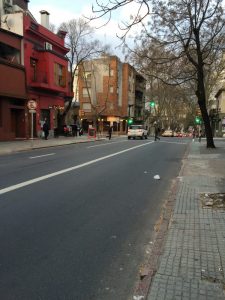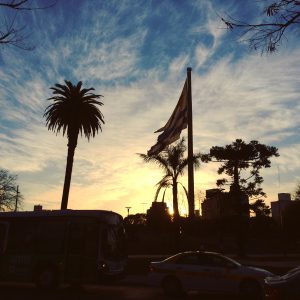

Walking to the Universidad Católica on my first day of school, I prepared for my journey like a backpacker set to travel across the country. As a person who is directionally challenged, I was armed with my paper map, my GPS and my host mom’s written directions. It was only a thirty minute walk to school, but as I left my front door at 8:30 a.m. that morning I realized I was stepping into a new world.
In addition to adjusting to the endless one way streets, the distinct lack of pedestrian “right of way” and navigating in a new city, an array of strong scents that lingered in the streets surprised me. I walked past a group of men in their twenties, and as I passed them I detected a smell similar to a sweet skunk spray. Could it be, I wondered? Yep – the cultivation, consumption and sale of marijuana is legal in Uruguay. It is the only country in South America that has legalized pot. From what I have encountered with my Uruguayan friends, smoking pot here is not a big deal. It is most common to find marijuana at social scenes, like a park or a party.

As I continued on my way to school, I put to use a key piece of advice my host mom offered to me, “Siempre mira arriba y siempre mira debajo,” or “always look up and look down.” The first day I arrived in Montevideo, as she showed me the grand Palacio Salvo, with its notably tall steeple-like tower, she explained that architecture in Montevideo can be easily missed by neglecting to glance upwards. My host mom also instructed me to watch below as well because it can be just as easy to miss the droppings that the street’s dogs leave behind. So as I continued along my walk that first day, my eyes swept up and down the streets, my feet dancing a little to avoid certain parts of the sidewalk.
In addition to my eyes keeping busy on my walk to school, my ears were overwhelmed by the smooth but strong “sh” sounds that Uruguayans use in their speech. There were times when I was not sure Uruguayans were speaking Spanish, with the difficulty I had understanding them. As I had been told before coming to Uruguay, Uruguayans have a Río de la Plata accent, which means they use the “yeísmo” in their speech. When there is a “y” or “ll” in words, Uruguayans pronounce those sounds as “sh.” For instance, in my first taxi ride here the cab driver kept asking me about what “cai-she” I lived on. I learned to pronounce the Spanish word “calle” for street as “cai-yei,” and it took quite a bit of time to understand the cab driver was talking about the street. After a month of struggling to understand everyone from the cashier to my friends, I have begun to adjust to the accent and even like the distinct way Uruguayans speak.

After thirty minutes of people observing, doo-doo dodging and listening to a language I could only hope was Spanish, I successfully made it to the University Católica. Considering that my walk to class back in Missouri consisted of leaving my front door, crossing the street, and stepping into McClain Hall, I liked that my walk here taught me new things about Uruguay. Sitting in my new class with Uruguayans and international students by my side, I was excited to see what could be in store for my next trek through the city.
